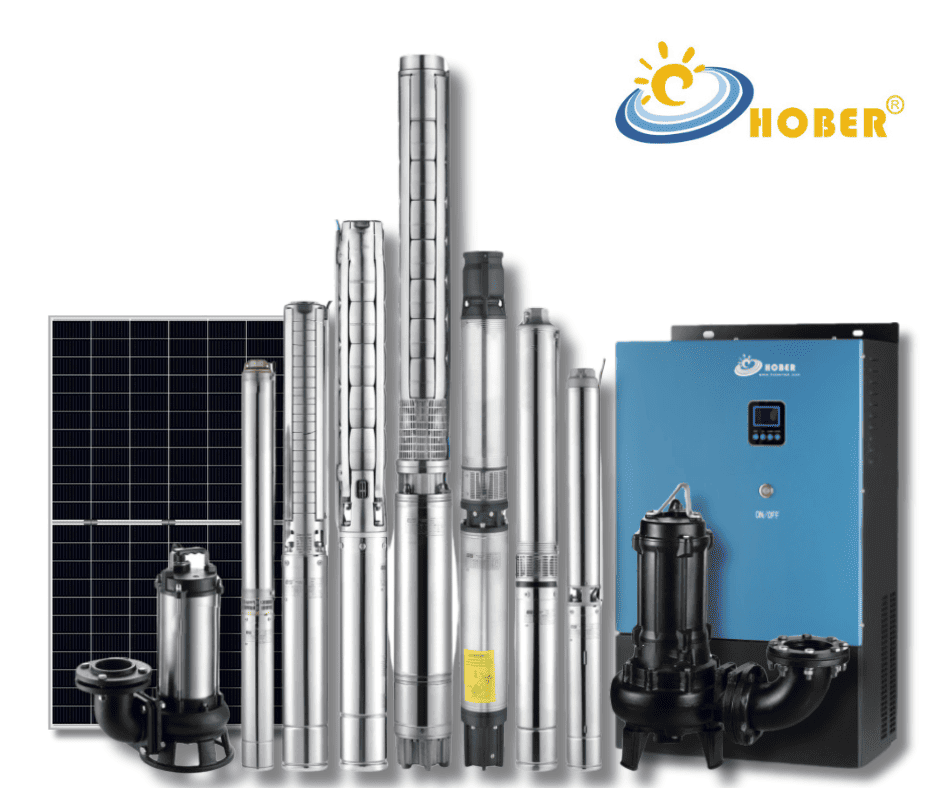Welcome to this comprehensive guide on the role and functionality of solar pump water sensors. With agriculture and industry rapidly evolving, efficient water management has never been more crucial.
Solar pump water monitor water levels, flow rates, and pressure, automating the tedious process of water management. These sensors are especially designed to work seamlessly with solar-powered pumps.
So, why should you care? Because automation and efficient management are the backbones of modern agriculture and industry. Keep reading, and I’ll tell you why.
Why Are Sensors a Big Deal in Modern Agriculture?
Water is life—quite literally in the context of agriculture. Effective water management is critical for maximizing yield and minimizing waste.
Why is Automation Necessary?
As farms and industries expand, manually managing water resources becomes a Sisyphean task. Automation, enabled by these nifty sensors, is the way forward.
What is a Solar Pump Water Sensor?
These sensors are like the eyes and ears of your water pumping system. They are adept at detecting water levels, flow rates, and pressure.
What Do They Actually Do?
They collect data. Lots of it. This data is then sent to a control unit that adjusts the pump’s operation based on these inputs. Sounds smart, doesn’t it?
Types of Sensors
The water sensor landscape for solar pump systems is rich and varied. Understanding the types of sensors available and their specific functionalities is crucial for optimizing water management in both agricultural and industrial settings. Let’s dive into the different types of water sensors commonly used in solar pump systems.
Float Switches
Float switches are the workhorses of water level detection. They float on the water surface and trigger a switch when the water reaches a certain level. These are particularly useful in tank filling and emptying applications, ensuring that water levels are maintained within a specific range.
Pressure Sensors
Pressure sensors, also known as pressure transducers, measure the pressure of the water within the system. They are usually installed at the pump outlet and are crucial for applications where water is pumped to elevations or across long distances. These sensors help in maintaining consistent water pressure, ensuring efficient irrigation or industrial processes.
Flow Meters
Flow meters are your go-to sensors for measuring the rate of water flow in the system. They can be of various types, including turbine flow meters, ultrasonic flow meters, and electromagnetic flow meters. These are particularly useful for irrigation systems where the rate of water flow needs to be consistent.
Turbidity sensors measure the cloudiness or haziness of a fluid caused by large numbers of individual particles. These are important in applications where the water quality needs to be monitored, such as in aquaculture or wastewater treatment.
How Does it Work?
Let’s get technical but keep it light.
Sensing Mechanism
These sensors use ultrasonic or capacitive technologies. They can accurately measure water levels or flow rates and send this data to a control unit.
Data Transmission
Once they’ve gathered the data, it’s transmitted to a control unit. This unit then adjusts the pump’s operation accordingly. Efficiency at its best!
Why Use a Solar Pump Water Sensor?
Energy Efficiency
These sensors significantly reduce energy consumption by optimizing pump operations.
Water Conservation
They also help in conserving water by preventing over-pumping and reducing water waste. Mother Earth would be proud.
Cost Savings
Over time, using these sensors can result in substantial savings on both your energy and water bills. Who doesn’t like to save money?
Installation Guide
Choosing the right sensor is as important as choosing the right spouse—well, almost.
How to Choose?
Consider factors like the type of water source, the size of your pumping system, and specific monitoring needs. Always consult the manufacturer’s guidelines.
Installation Steps
Mount the sensor, connect it to the control unit, and calibrate it. Sounds simple, because it is—when you do it right.
Maintenance and Troubleshooting
Even the best need some TLC.
Common Issues
Sensor malfunction due to dirt or debris and signal interference are some common issues you might face.
Preventive Measures
A little routine maintenance, such as cleaning and recalibration, goes a long way in preventing most issues.
Future Trends
As Bob Dylan sang, “The times, they are a-changin’.”
IoT Integration
The future likely holds more integration with IoT devices, making water management even more efficient.
AI and Machine Learning
Advanced algorithms and machine learning could further optimize water usage and predictive maintenance. A smarter future is on the horizon.
Conclusion
Solar pump water sensors are more than just gadgets; they’re the future of efficient water management systems. From basic monitoring to enabling highly automated, intelligent systems, their capabilities are vast and their potential, limitless.


